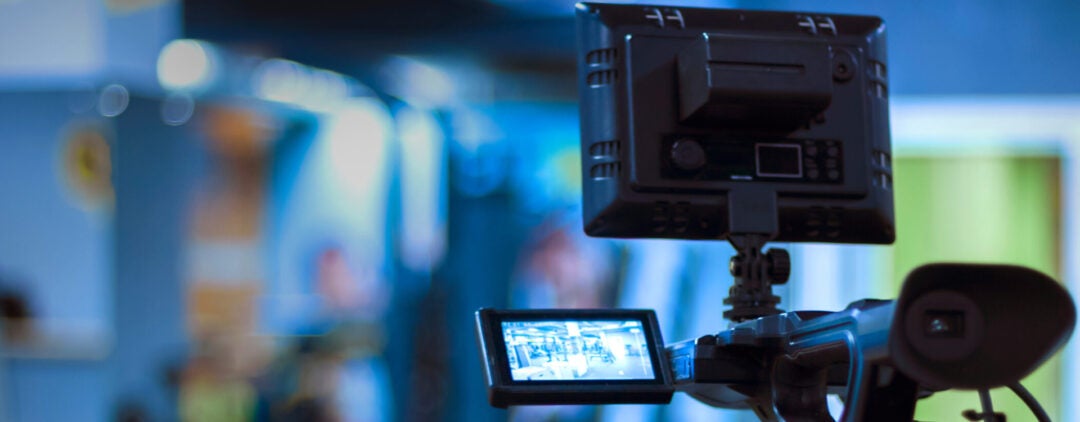Best Practices for Instructional Video
Video content helps gain and retain student interest in the course material, which can lead to better comprehension. You can often present complex concepts and procedures through video much more effectively than through text alone. As you design your online course, think about how you can present your content through video.
Video Options to Consider
- Create your own video content by recording lectures, demonstrations, or video introductions (we are working on the video matrix file.
- Curate video from other sources such as YouTube, LinkedIn Learning, or your Textbook Publisher
- Collected (with permission) from student work/assignments in previous semesters
Video Tips
Keep your videos brief. Studies have shown that students quickly lose interest in videos longer than ten minutes. Also, longer videos can take up more internet bandwidth than shorter videos. Students without broadband internet access may have issues accessing them.
If recording video on a phone, use the rear camera when possible. These cameras have a higher resolution and can capture clearer videos than front-facing “selfie” cameras.
When using video in your online course, always keep accessibility in mind. Cast.org has put together a helpful guide on Teaching with Accessible Video
When using curated videos from other sources, be sure you comply with copyright laws. This article on Fair Use guides what constitutes fair use in education.
Equipment Recommendations for Instructional Video
Headsets | Cameras | Microphones | Lights |
|---|---|---|---|
| Logitech Zone 301 | Lenovo Essential Full HD 1080P Webcam | HyperX SoloCast | Ring Light |
| Logitech H540 | Logitech Brio 301 | Logitech G Yeti Orb | Logitech Litra Glow |
Best Practices for Room and Lighting Setup
When recording video, the room in which you are planning to record is almost as important as the camera and microphone you intend to use. As you set up your space, consider the following:
- Make sure the room has sufficient lighting so that you can be seen clearly. Try to eliminate any bright lighting behind you, otherwise your video may come out too dark.
- If using a virtual background, you may need to add additional light for best results. Consider using a ring light or other monitor-mounted light to get good lighting on your face.
- Virtual backgrounds also work best when the area behind you is a solid color and is free from anything that might be distracting
- Avoid using the camera on your laptop to record your video. This typically creates an unflattering angle for most people. If you must use your laptop webcam, stack some books under your laptop so that the webcam is right at your eye level.
- Try to pick a quiet spot to record your video where you will be free from extra noise that could disrupt your recording (lawnmowers, dogs, etc.).
Options to Consider
- Record your own audio lectures that students can download
- Incorporate podcasts into your course materials and activities
- Provide feedback on student work through audio
Tips
When recording, try to eliminate as much background noise as possible. Try using a headset or external microphone instead of the built-in microphone on your computer.
If your audio is meant to accompany a set of slides, be sure to indicate when you move to a new slide so that students can follow along.
If you want your students to be able to download the audio, use a common file format that all students can access such as mp3 or mp4.
Just as with video content, keep accessibility in mind. Provide a transcript or other documents so that all students can access the content.
CAST created this guide to help you create accessible audio materials that incorporate the Universal Design for Learning (UDL).
The Learning Technologies team at ECU developed this “Podcast-in-a-Box” Resource for Canvas courses.
Replace an essay with a Podcast – Podcasts can be a fun way to add variety to your course without increasing workload or lowering academic rigor.
Audio Materials
In contrast with creating a video, audio materials don’t take up much internet bandwidth and don’t require any special background or lighting to do well. That is useful for those creating lectures from home or in spaces we don’t want to display. Best of all, creating audio content doesn’t require a lot of extra equipment. You may already have everything you need in your office.
Equipment for Recording
Headphones
Microphone
